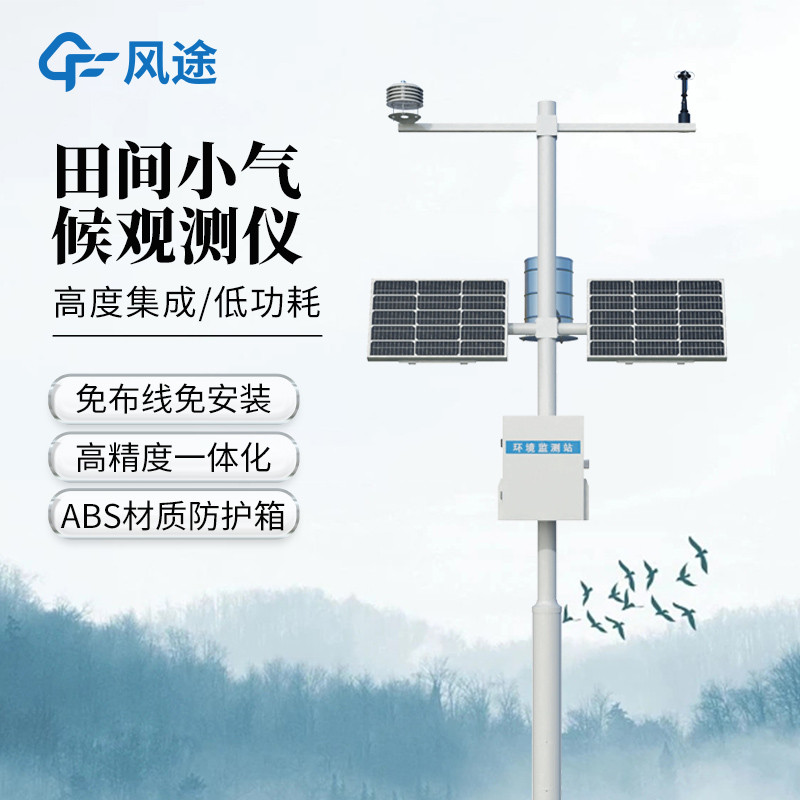In the field of agricultural production, meteorological disasters have always been a key factor restricting the improvement of crop yields and quality assurance.
Agricultural meteorological stations are equipped with multiple high-precision sensors that can conduct round-the-clock, uninterrupted real-time monitoring of core meteorological elements in farmland environments. Important data such as air temperature, air humidity, wind speed, wind direction, rainfall, soil moisture, and light intensity all fall within their monitoring scope. These sensors continuously collect meteorological information and transmit the data in real time to a central data processing system or cloud server through a stable wireless network. As a result, agricultural practitioners can obtain the latest and most accurate farmland meteorological dynamics at any time through terminal devices such as mobile phones and computers.
Relying on the real-time collected meteorological data, the system can accurately identify adverse weather conditions that may threaten the normal growth of crops. Once disaster warning signals are detected, the system quickly activates the warning procedure and delivers warning information quickly and accurately to farmers through multiple channels, such as SMS notifications, APP message pushes, and rural radio broadcasts. The warning content is detailed and comprehensive, not only clearly informing the type of disaster, expected occurrence time, and impact scope but also providing targeted preventive measures and suggestions to help farmers plan ahead and deploy scientifically to cope with meteorological disasters.
Upon receiving the warning information, farmers can quickly take corresponding preventive measures to minimize the risks brought by disasters. When a drought warning is issued, farmers can promptly activate the irrigation system to supplement sufficient water for crop growth; when a flood warning is received, they can clean and dredge the farmland drainage system in advance to avoid crop flooding due to waterlogging; in the event of a strong wind warning, they can timely reinforce agricultural facilities such as greenhouse sheds to effectively reduce the possibility of facility damage.

Article address:https://www.sqqx.net/en/news/656.html

 +86 15898932201
+86 15898932201



